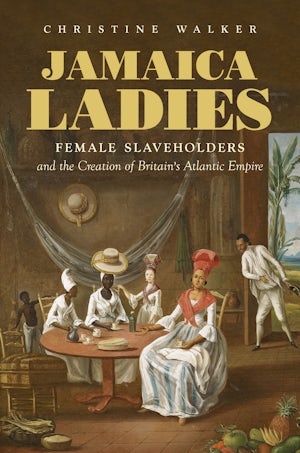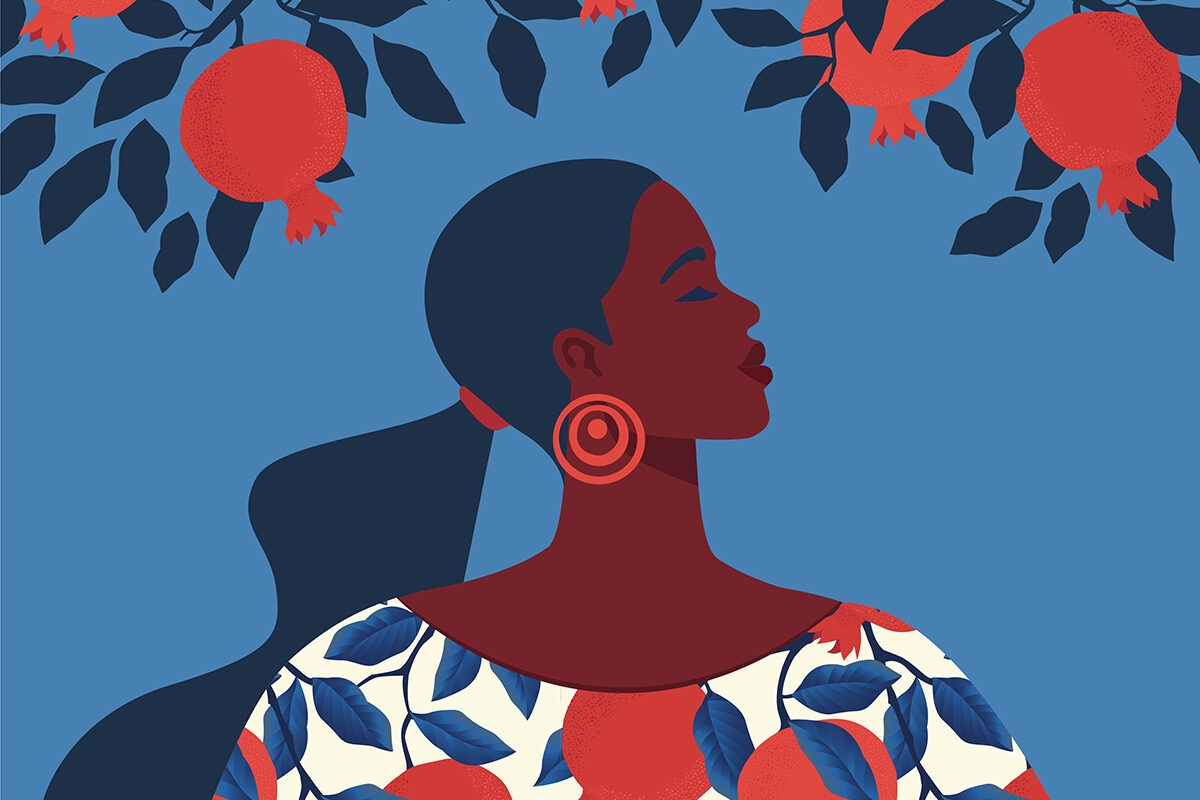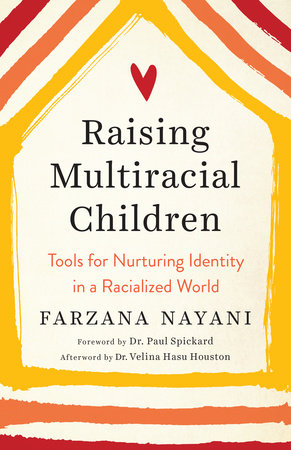Say I’m Dead: A Family Memoir of Race, Secrets, and LovePosted in Autobiography, Biography, Books, Media Archive, Monographs, United States, Women on 2020-06-09 16:01Z by Steven |
Say I’m Dead: A Family Memoir of Race, Secrets, and Love
Chicago Review Press
2020-06-02
288 Pages
6 x 9
Formats: Cloth, Mobipocket, EPUB, PDF
ISBN: 9781641602747
E. Dolores Johnson
Boston, Massachusetts
Say I’m Dead is the true story of family secrets, separation, courage, and trans-formation through five generations of interracial relationships. Fearful of prison time—or lynching—for violating Indiana’s antimiscegenation laws in the 1940s, E. Dolores Johnson’s black father and white mother fled Indianapolis to secretly marry in Buffalo, New York. When Johnson was born, social norms and her government-issued birth certificate said she was Negro, nullifying her mother’s white blood in her identity. Later, as a Harvard-educated business executive feeling too far from her black roots, she searched her father’s black genealogy. But in the process, Johnson suddenly realized that her mother’s whole white family was—and always had been—missing. When she began to pry, her mother’s 36-year-old secret spilled out. Her mother had simply vanished from Indiana, evading an FBI and police search that had ended with the conclusion that she had been the victim of foul play.









